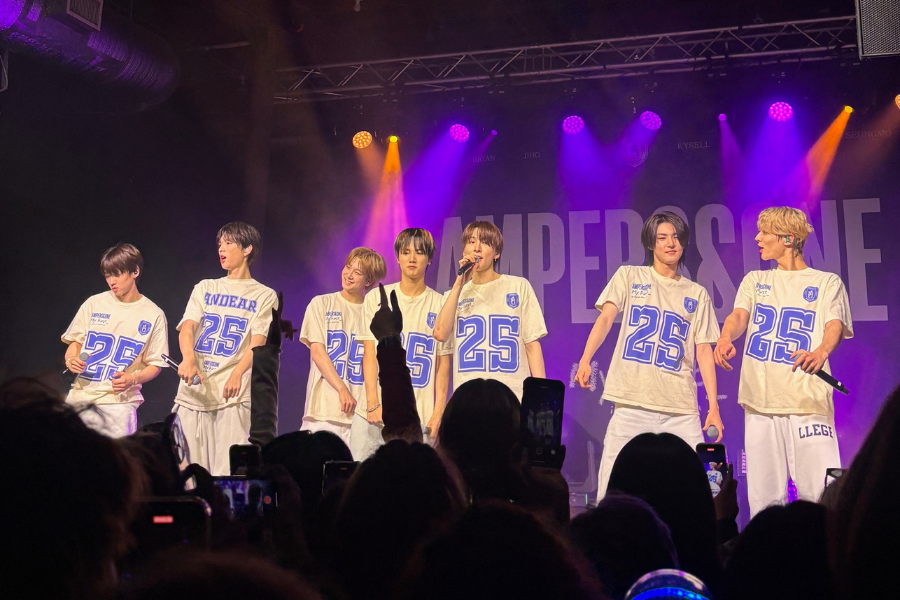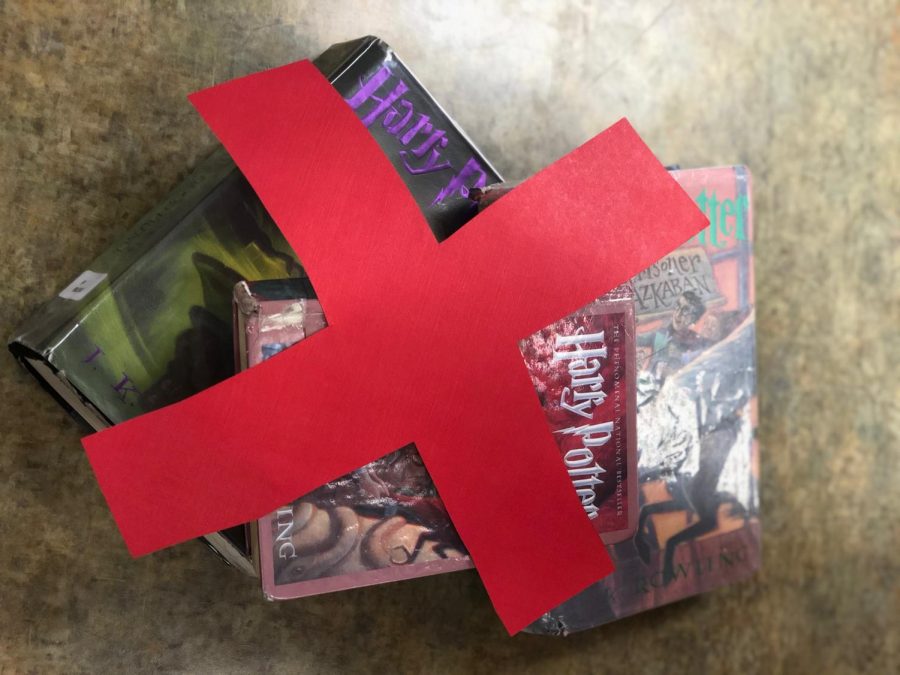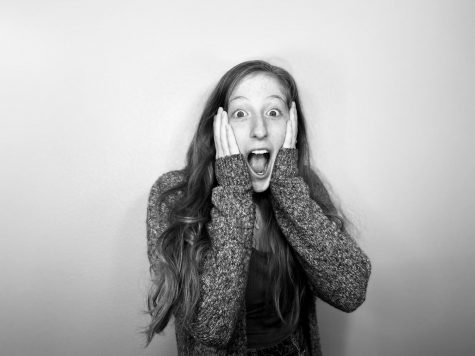Banned Books and Where to Find Them
October 29, 2018
Banning books have been around in America since the 1600s. The act of not allowing people to read a book has been called stupid and pointless by City High students.
“I think it’s stupid because books educate people,” Jacob Strathearn ‘19 said. “And one thing we need in this country is education.”
The idea of restricting what students learn and develop their own opinions leaves students puzzled.
“They always want us to learn,” Olivia Burke ‘21 said. “So why would you stop us from learning?”
When talking about banning and challenging books there is a difference in definition. Banning books is removing the book because of its content. Challenging a book is the attempt to remove a book because of objections of groups or people. According to the American Library Association’s Top 100 Banned/Challenged Books: 2000-2009 range from classic adult literature like Catcher in the Rye, by J.D. Salinger to young adult literature classics like Harry Potter, by J.K. Rowling.
“I think banning a book is pointless,” Shelby Caldwell ‘21 said. “Students can go to the public library and get the book and read it in their free time.”
There are a vast amount of reasons why books are banned, for example, racial issues, violence, witchcraft, political bias, and being age-inappropriate. Reasons for challenging books are even broader because it depends on a person or groups beliefs. One of the newest reasons for challenging or banning books is because the book contains lesbian, gay, bisexual, and transgender (LGBT) content. Drama by Raina Telgemeier is number three on the 2017 top ten challenged books because of it LGBT content. Three of the books on the top ten challenged book list reasons for being challenged are because of their LGBT content.
Books like Harry Potter fall into three categories of reasons for being banned. One is because it promotes witchcraft, two it sets a bad example, and three beginning age inappropriate.
“I think we learn that in history class anyways,” Caldwell said. “And we should be able to develop our own opinions.”
Thirteen Reasons Why, by Jay Asher, tops the 2017 top ten challenged book list. This book has been banned in school districts across the country because of its discussions of suicide in the novel.
When people think of banned books most can think of one or two titles. Some of the most well know banned books are To Kill a Mockingbird, by Harper Lee, for its racial language and “conflict with communities values”. The Catcher and the Rye, by J.D. Salinger, because of identifiable profanities.
In 2017 the American Library Association tracked 354 challenges to libraries and school resources. In total, 416 books were banned or challenged in 2017. In 2017, 32% of challenges come from parents who do not want their children to read inappropriate content or certain views, political and others. The highest percentage of people challenging books are patrons, at 42%.
“Because the experiences they’ve had with reading books have either been in a classroom where they’re forced to or they just ended up reading the wrong kinds of books and grew away from enjoying reading,” Strathearn said.































